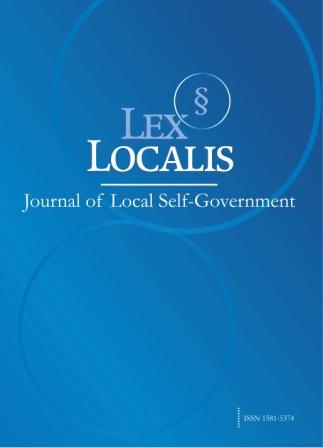Gender Balance and Institutions in Local Government – Examples from Rural Norway
DOI:
https://doi.org/10.4335/10.2.129-152Povzetek
While steps are taken to increase women’s representation in politics, it can often prove difficult to change patterns of recruitment and nomination to political positions. This article argues that not only formal regulation, but also informal institutions, like local norms, beliefs and values, history and traditional codes of conduct matter and should be taken into account in plans to achieve balanced gender representation. The article compares recruitment policies in rural municipalities in Norway. Case studies were conducted to identify factors affecting women’s willingness to stand as candidates, the factors local political parties take into account when nominating candidates, and voting behaviour. The study suggests that local issues, such as religious traditions, distributional conflicts and desire for community representation, affect women representation. Representation policies in local governments are, in other words, not only affected by rules and values “from above”, they must also be understood in a “bottom up” perspective, as the aggregated consequences of the rational behaviour of voters. Keywords: women representation • representation policies • informal and formal institutions • local democracyObjavljeno
2012-04-26
Številka
Rubrika
Article
Kako citirati
Gender Balance and Institutions in Local Government – Examples from Rural Norway. (2012). Lex Localis - Journal of Local Self-Government, 10(2), 129-152. https://doi.org/10.4335/10.2.129-152







